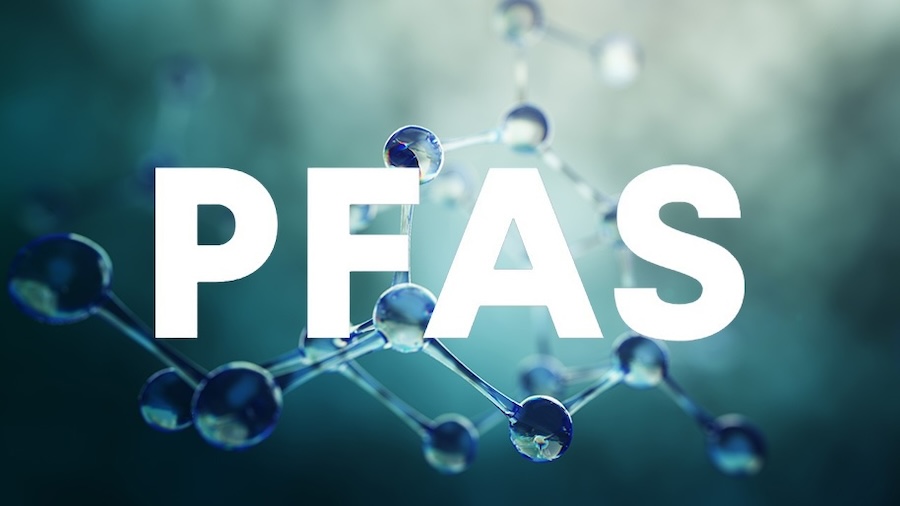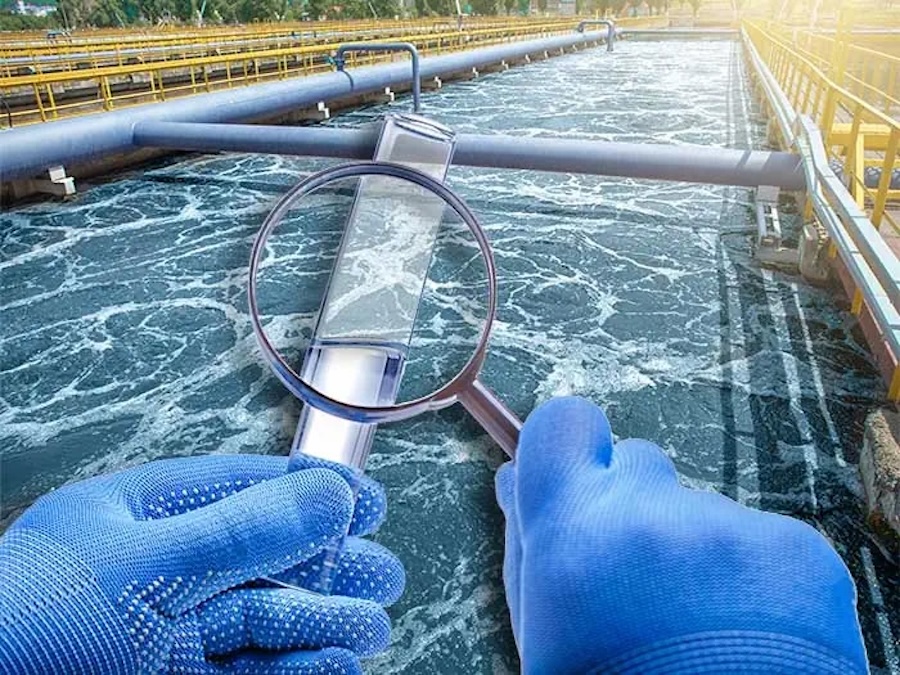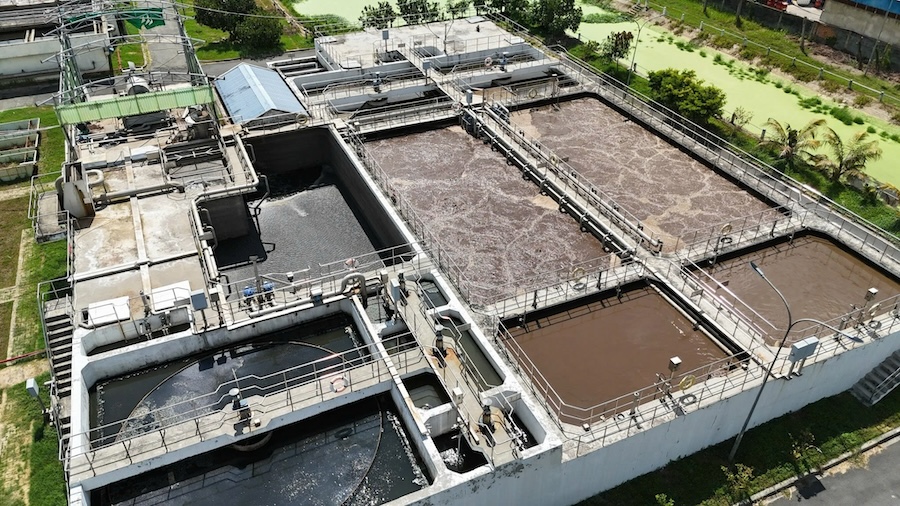PFAS – also known as forever chemicals – have become an increasingly serious global environmental threat. These synthetic compounds are found in thousands of consumer and industrial products but are extremely resistant to degradation. Controlling and treating PFAS contamination is a major challenge for many countries, including Vietnam. This article provides an overview of PFAS, their associated impacts, and the advanced technologies currently being used to remove them.
1. Introduction to PFAS
PFAS (Per- and Polyfluoroalkyl Substances) are a group of synthetic chemicals characterized by extremely strong carbon–fluorine bonds. They are widely used in various industries and consumer products such as non-stick cookware, waterproof fabrics, firefighting foams, polishes, food packaging, and more. Due to their persistence in the environment, PFAS have become a serious concern, especially in highly industrialized and urbanized areas.
Sources of PFAS in wastewater are diverse, ranging from industrial facilities (e.g., metal plating, paper manufacturing, chemical production) to domestic use through everyday PFAS-containing products. These compounds are highly resistant to heat, grease, water, and microbial breakdown—hence the name forever chemicals. Their long-term presence in the environment raises significant concerns about public health and ecosystem integrity, necessitating stringent control and treatment strategies.

Wastewater containing PFAS affects environmental resources
2. Environmental Impacts of PFAS
Once PFAS enter natural water bodies such as rivers, lakes, groundwater, or drinking water sources, they can persist for decades without breaking down. This leads to serious ecological consequences: PFAS can accumulate in the fat tissues and livers of fish, birds, and wildlife, disrupting biological functions and threatening population stability. If not effectively treated, PFAS-contaminated water can also enter municipal supply systems, increasing human exposure risk.
Numerous scientific studies have linked long-term PFAS exposure to severe health issues, including kidney cancer, testicular cancer, immune suppression, hormonal disruption, elevated cholesterol levels, and developmental effects in fetuses. Due to their toxicity, major environmental agencies like the U.S. Environmental Protection Agency (EPA) and the European Union (EU) have issued strict limits for PFAS in drinking water. For instance, the EPA recently proposed limits for PFOS and PFOA – two common PFAS compounds – as low as a few parts per trillion (ppt), reflecting the increasing regulatory pressure surrounding these persistent contaminants.

PFAS accumulate in the food chain and harm aquatic ecosystems.
3. Current PFAS Treatment Technologies
3.1 Activated Carbon Adsorption (GAC/PAC)
Adsorption using activated carbon is one of the most widely adopted technologies for removing PFAS, particularly long-chain compounds like PFOA and PFOS. Granular activated carbon (GAC) and powdered activated carbon (PAC) can trap PFAS molecules on their porous surfaces via physical adsorption.
-
Pros: Relatively low initial cost and easy integration into existing systems.
-
Cons: Requires periodic replacement or regeneration of the carbon media, and the handling/disposal of spent carbon loaded with PFAS remains a challenge.
3.2 Ion Exchange Resins
Ion exchange technology uses specially designed resins to capture PFAS molecules through electrostatic interactions.
-
Key Advantage: Capable of removing both long-chain and short-chain PFAS compounds—something activated carbon struggles with.
-
Limitations: Requires regular resin regeneration using chemical solutions, which generates secondary waste streams that need further treatment. Resin and operational costs are typically higher than GAC but offer better efficiency for complex PFAS mixtures.
3.3 Reverse Osmosis (RO) and Nanofiltration (NF)
Membrane-based technologies like reverse osmosis (RO) and nanofiltration (NF) are highly effective at removing nearly all PFAS compounds from water. These systems use high pressure to force water through semi-permeable membranes that block PFAS molecules, achieving up to 99% removal efficiency.
Drawbacks: High capital, operational, and energy costs. Additionally, the resulting concentrate (brine) rich in PFAS requires further treatment to prevent secondary pollution.
3.4 Destruction of PFAS Using Advanced Technologies (AOPs, Plasma, Thermal)
Unlike removal-based methods, advanced technologies such as Advanced Oxidation Processes (AOPs), high-temperature plasma, or thermal decomposition aim to break down the PFAS molecules into harmless end products like CO₂, HF, and water.
While these technologies show promise for complete PFAS destruction, they are still in the experimental or pilot stages, primarily due to high costs and complex technical requirements. Nonetheless, they represent the future direction of PFAS treatment for long-term environmental safety.

The most widely used PFAS treatment technologies today
PFAS contamination is not just an environmental concern but also a public health and sustainability issue. Understanding the sources, risks, and available treatment technologies is essential for environmental professionals, policymakers, and business leaders. Although many challenges remain in achieving complete PFAS removal, the combination of strict regulations and continued scientific innovation offers hope for a safer and cleaner water future.


